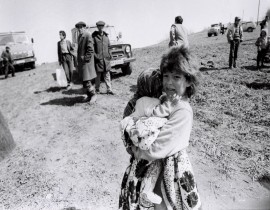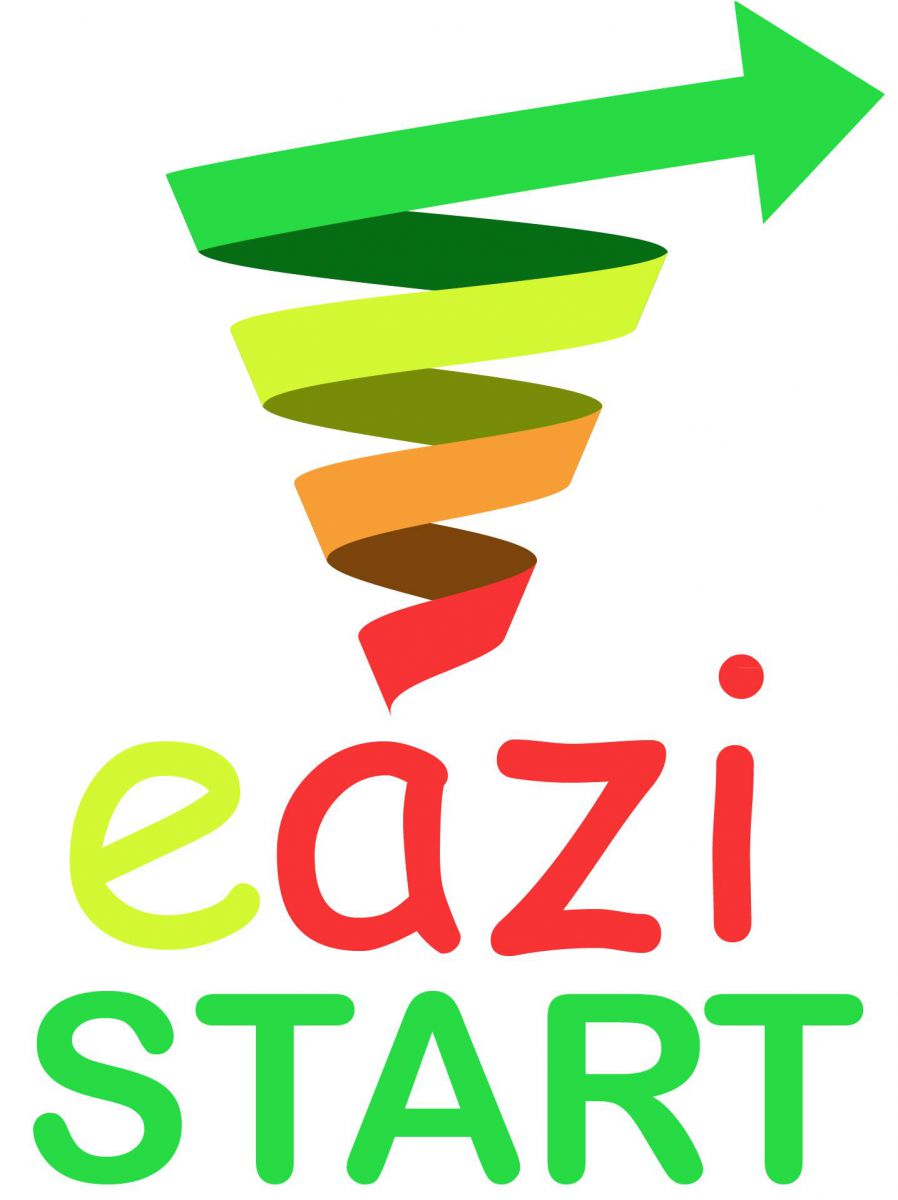Politicon.co
Is there an Armenian problem in Jerusalem?
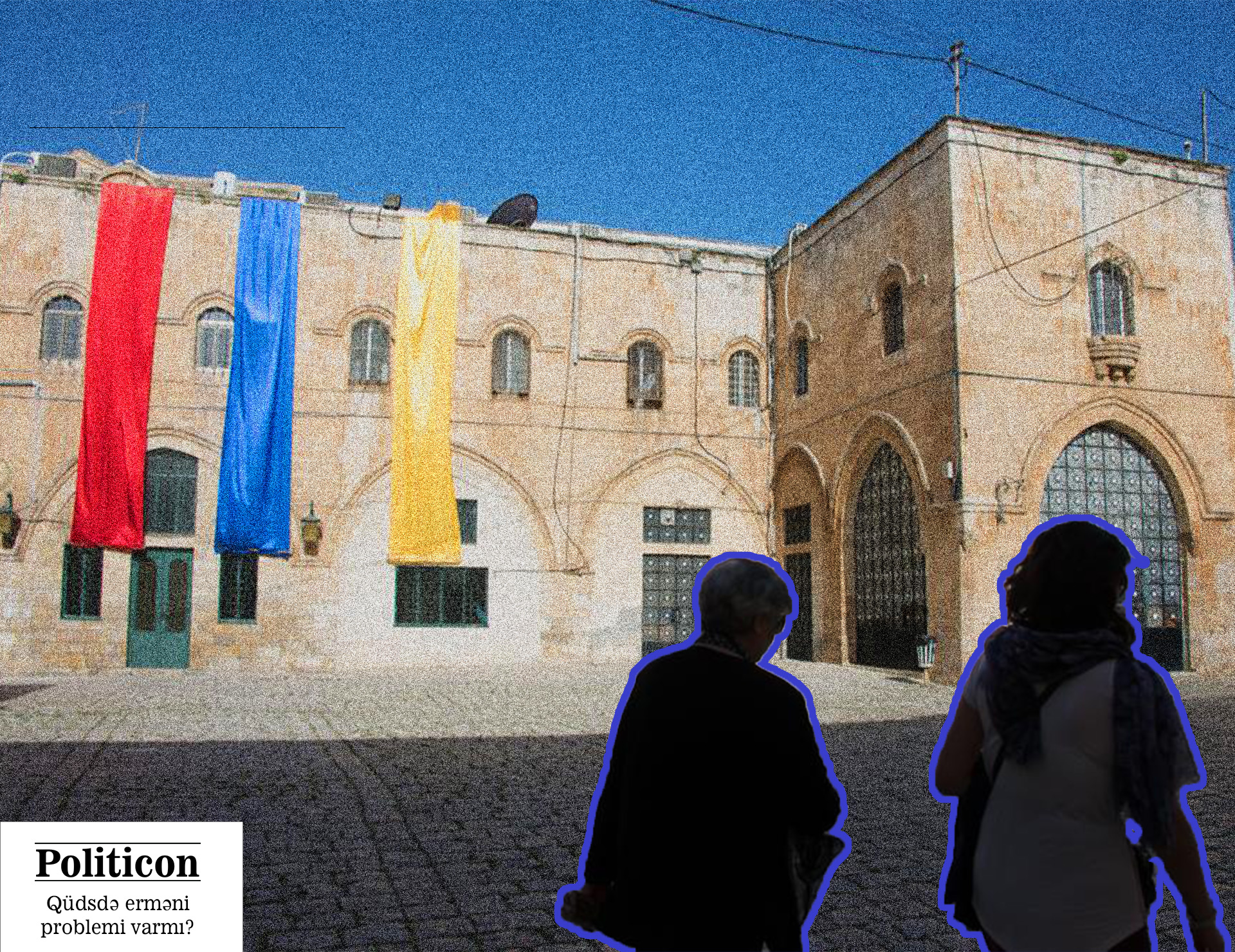
The common holy city of the Abrahamic religions, Jerusalem, which has a particular place in human history, became the epicenter of the Israeli–Palestinian conflict following the founding of the State of Israel. However, this is not the only ethnoreligious problem in the unique city: the regular clashes in the Armenian quarter of Jerusalem have the potential to ignite another ethnoreligious conflict.
As it is known, East Jerusalem consists of four quarters; quarters for the three Abrahamic religions and an Armenian quarter. Being the smallest of these, the Armenian quarter has an official population of about 3,400. It is believed that the Armenians arrived in Jerusalem and established a quarter for themselves in the 4th century. It was during this period that Armenians converted to Christianity as a nation, and a group of Armenian priests decided to move to Jerusalem, the holy city of Christianity. Although the city was ruled by Byzantine, Arabic, Ottoman, British and other empires throughout the centuries, it was divided into two in the aftermath of the 1948 Arab–Israeli War. East Jerusalem, where the Armenian quarter is located, came under Jordanian administration. Israel seized East Jerusalem during the 1967 Arab–Israeli War. Although the vast majority of Armenians living in their quarter have acquired Israeli citizenship, they still hold Jordanian passports to not lose their chance to travel to the Arabsphere.
Ethnic and religious clashes are frequent in the Armenian quarter as one of the main paths leading to the Wailing Wall passes through here. These conflicts are mainly between certain groups who prefer their national or ethnic identity to others. This path is also used intensively by tourists, especially pilgrims. Given that East Jerusalem has an important place in three different religions (Christianity, Islam, and Judaism), there are likely to be some conflicts between the residents and visitors, even a small incident that could disrupt the peace of the city, leading to a broad ethnic conflict. We have witnessed this in the First and Second Intifada.
On May 18, three Jewish teenagers attacked Armenian priests on an Armenian-populated street of Jerusalem. Police intervened and detained the suspects. The portrayal of the incident in the Armenian and Israeli media is completely different. Israeli media described the incident as a domestic crime and stated that the suspects had been arrested. However, the Armenian community reacted to this dissimilarly, as seen in the post of Jerusalem's Armenian patriarch. The Armenian patriarch said that the incident was committed especially by Jews. Of course, given that illuminating the ethnicity of the perpetrators could raise the tensions between Armenians and Jews, it is highly likely that the patriarch made this statement on purpose.
This was not the first incident among Jews and Armenians in East Jerusalem. On 18 June 2019, about sixty young Armenians attacked and injured three Jews in the Armenian quarter. The Armenian community claimed that the Jews had insulted the Armenians, and this was the reason for the attack, though the Israeli police, who investigated the security footage at the scene, arrested the Armenian perpetrators. Armenian media reacted harshly to the incident, stating that the police had "illegally" entered the hall during a religious seminar and arrested the young men.
The Armenian community and the media tried to brand themselves as the "oppressed" by portraying the incidents as "Jewish oppression of Christians in Jerusalem." However, it is not only the Jews who have problems with the Armenians in Jerusalem. There were also clashes between the Christian Greek community of Jerusalem and the Armenians. This proves that the problems with the Armenian community do not stem from religious differences.
The desire of the Armenian community in Jerusalem to create an image of the "oppressed" can be linked to the current attitude of the worldwide community towards the Palestinians due to the Israeli-Palestinian conflict. As is well known, after World War II, the Jewish national and religious identity was built on antisemitism and the Holocaust. The "fanatics" of the Armenian national identity also try to use similar terms. In this context, the terms "Armenian genocide" and "the oppression of Armenians" are used as narratives to rival the Holocaust and antisemitism.
The fact that the Armenian quarter is smaller than the other quarters, and the number of Armenians there is declining every year, has created a feeling among Armenians that they are "fighting to survive." Constantly talking about the "Armenian genocide" and presenting even the slightest incident against them as an anti-Armenian policy, the Armenians of Jerusalem are urging those who actually want to leave the Armenian quarter to stay and fight "to protect the Armenian race." On the other hand, they intend to keep their struggle against "extinction" in the attention of other nations and states. It is also an attempt to associate the narrative of the "struggle of the Armenians" with the "struggle of the Palestinians." However, the reality is that, unlike the Palestinians, the Armenians of Jerusalem are not considered a "national security problem" by Israel. Therefore, the narrative of the "extinction" of the Armenians in Jerusalem has no meaning other than to serve certain campaigns.
Although the Armenian community in Jerusalem has stated its neutral stance on the Israeli-Palestinian conflict, the Armenian patriarch of Jerusalem has expressed concerns for the Armenian quarter of Jerusalem remaining under the Israeli administration if the city was divided. Furthermore, the Armenian media had accused Israel of attempts to reduce the number of Armenians, meanwhile growing the number of Jews in the Armenian quarter, as well as trying to take the quarter from the Armenians, and anti-Armenian sentiments in general. The Armenian patriarch of Jerusalem also claimed in a press release that they live in Israel as third-class citizens and that the Israeli government harasses them, even in simple paperwork, and that, for comparison, Jordan had taken better care of them.
Another interesting point in the accusations of the Armenian community of Jerusalem is that the country is apparently "feeding" the antisemitic sentiments with the unethical treatment of Armenians by the Israeli Jews, along with the Azerbaijani Jews (Mountain Jews). This can be seen as an attempt to escalate the ethnic conflict in Jerusalem. Also, given the special role of the Azerbaijani Jewish community in the formation of close relations between Azerbaijan and Israel, the reason for mentioning Azerbaijani Jews can be more clearly understood.
On the other hand, Armenia is the most antisemitic country in the South Caucasus. For this reason, it can be argued that the Armenian media is abusing its coverage of the Armenian community in Jerusalem to "feed" the antisemitic sentiment in the country. The fact that Azerbaijan is a country without an antisemitic history does not escape the attention of the Israeli media. One of the reasons for the rise of antisemitism in Armenia is the good relations between Israel and Azerbaijan, so it is convenient for the Armenian media to keep Israeli hostility or antisemitism warm.
.
![]()
- REGIONS :
- Middle East and North Africa

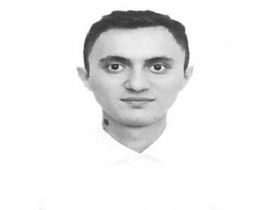
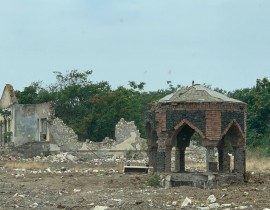
png-1748065971.png)
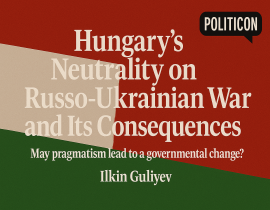
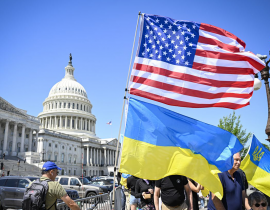

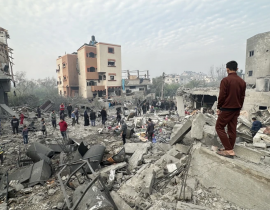
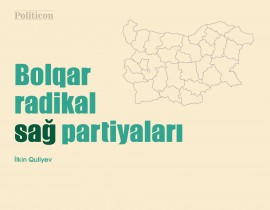
jpg-1599133320.jpg)
